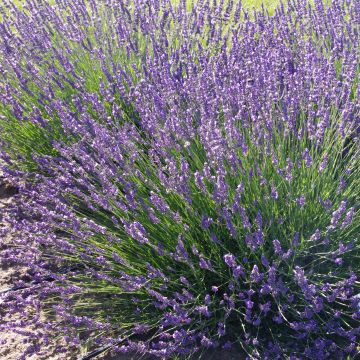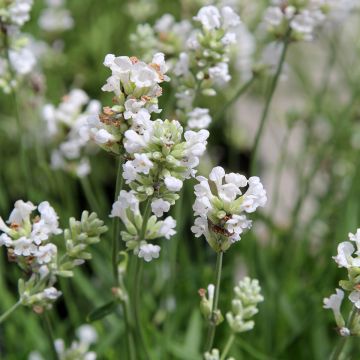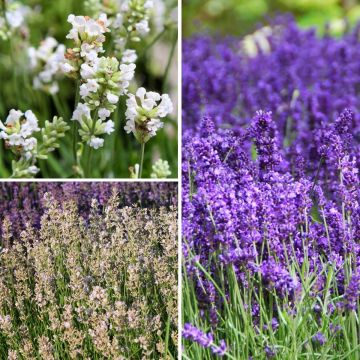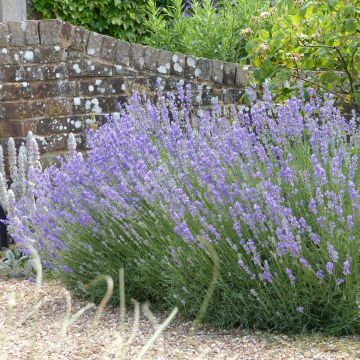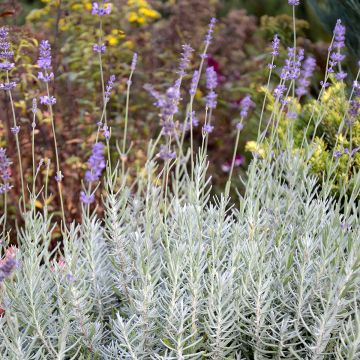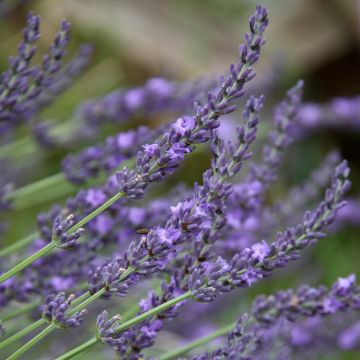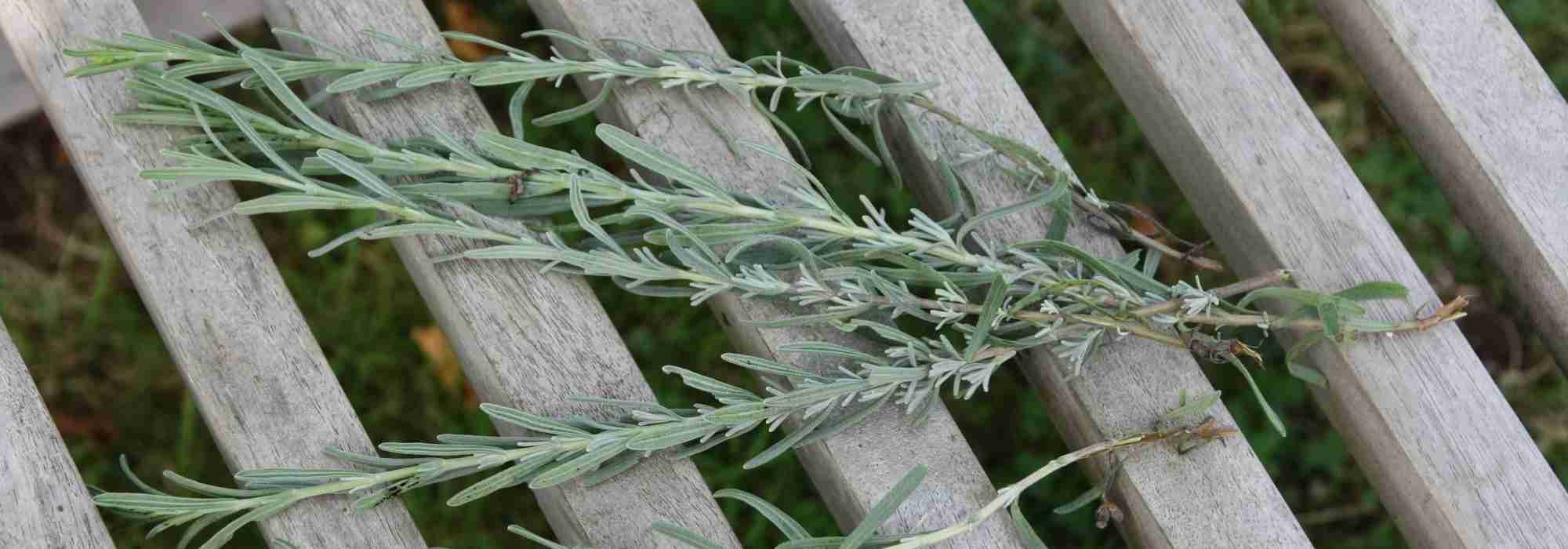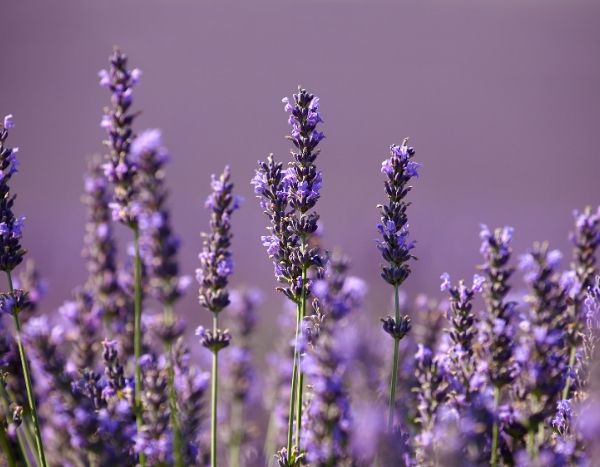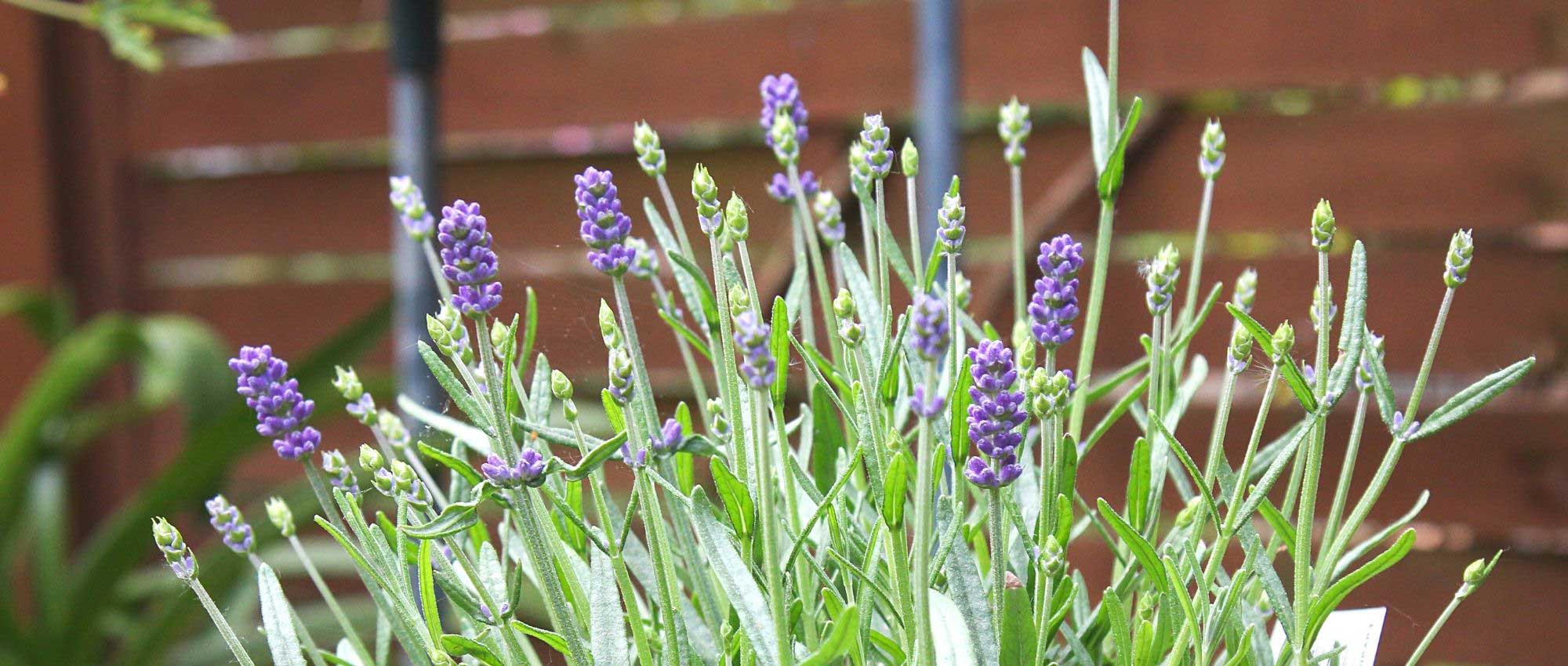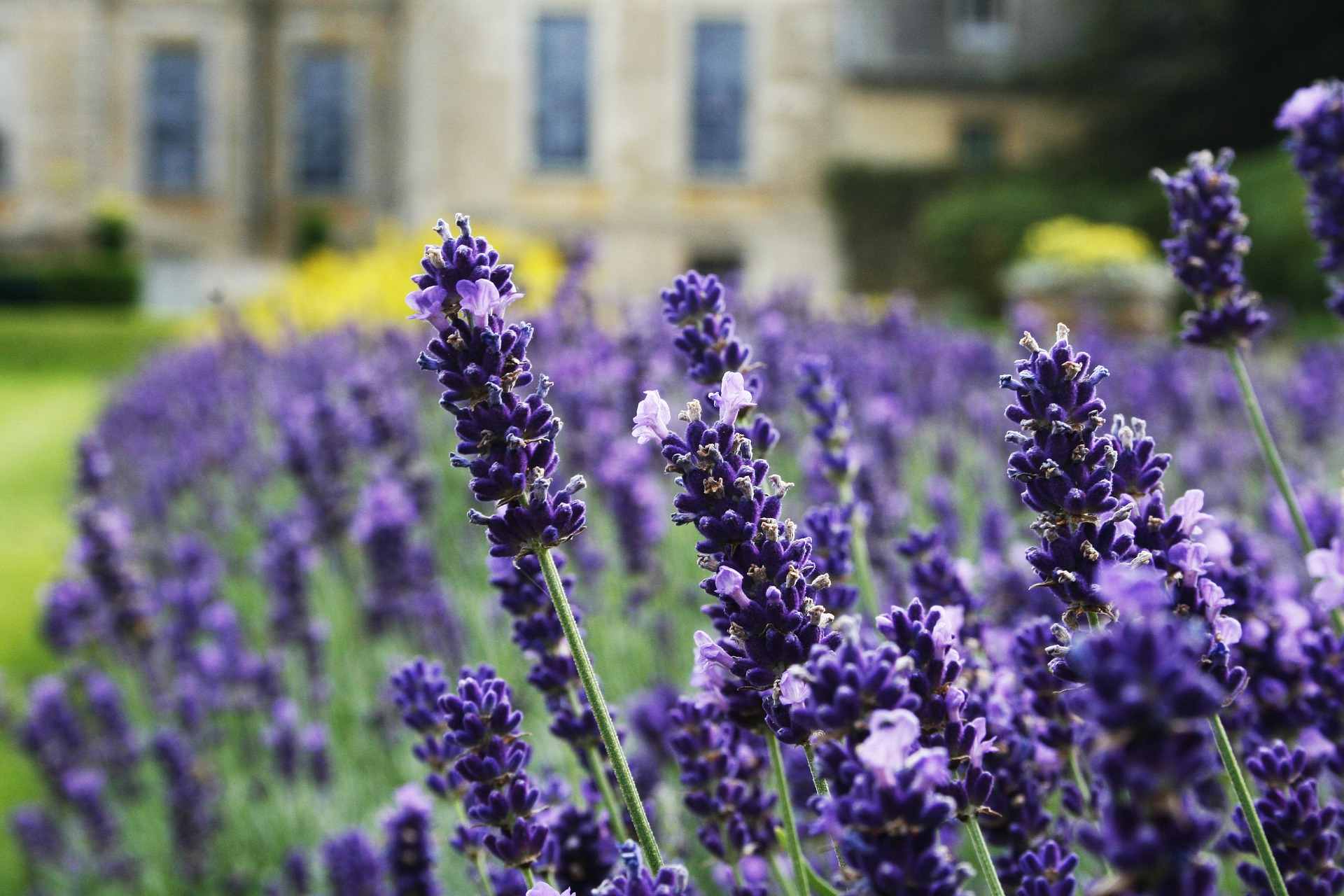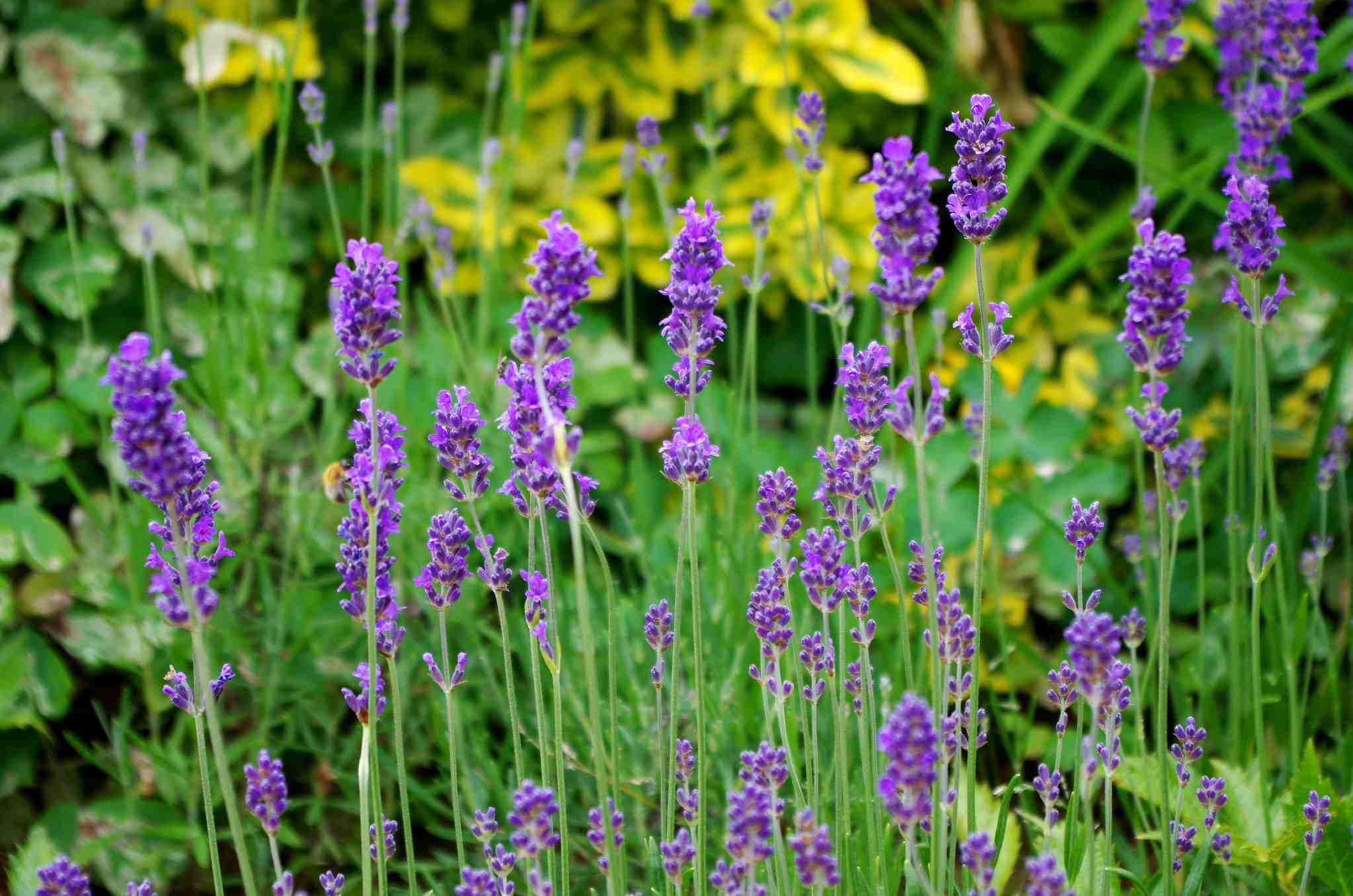

Lavandula angustifolia
Lavandula angustifolia
Lavandula vera - angustifolia
True Lavender, English Lavender, Garden Lavender
Very well conditioned. Just need to plant the specific research area.
Mélany, 02/03/2019
Special offer!
Receive a €20 voucher for any order over €90 (excluding delivery costs, credit notes, and plastic-free options)!
1- Add your favorite plants to your cart.
2- Once you have reached €90, confirm your order (you can even choose the delivery date!).
3- As soon as your order is shipped, you will receive an email containing your voucher code, valid for 3 months (90 days).
Your voucher is unique and can only be used once, for any order with a minimum value of €20, excluding delivery costs.
Can be combined with other current offers, non-divisible and non-refundable.
Home or relay delivery (depending on size and destination)
Schedule delivery date,
and select date in basket
This plant carries a 6 months recovery warranty
More information
We guarantee the quality of our plants for a full growing cycle, and will replace at our expense any plant that fails to recover under normal climatic and planting conditions.

Description
True lavender, Lavandula vera or angustifolia in Latin, is a perennial plant with an unmistakable scent that evokes the South and vacations. It is traditionally used to perfume laundry but also in cooking to flavour certain desserts like ice cream and pastries. Sowing from February to May.
Originally from the Mediterranean basin, true lavender, also called officinal lavender, is a perennial plant that belongs to the Lamiaceae family. It forms beautiful fragrant clumps with greyish-green foliage that are adorned, in summer, with marvelous blue flowers.
Lavender is a resistant and easy-to-grow aromatic, it likes the sun and prefers poor, light, even rocky and well-drained soils. If your soil is rather damp and clayey, we advise you to cultivate it in a pot instead.
It is a plant that fears nothing except humidity and overly rich soils which, by accelerating its growth, give it a lanky appearance.
Harvest: Lavender is harvested during flowering, from late June to August depending on the region. Take advantage of the harvest to give it a nice pruning that will allow it to maintain a rounded and dense habit.
Preservation: Lavender is traditionally preserved by drying.
The gardener's little tip: In the garden, don't hesitate to plant a few lavender plants at the feet of your roses. It's a classic association, indeed, but effective because it has the ability to repel insects.
Harvest
Plant habit
Foliage
Botanical data
Lavandula
vera - angustifolia
Lamiaceae
True Lavender, English Lavender, Garden Lavender
Cultivar or hybrid
Perennial
Other Lavendula - Lavender
View all →Planting and care
Sowing :
Lavender can be sown from February to May at a temperature around 18°. Germination usually takes about twenty days.
The sowing is done in a tray filled with good sowing compost, placed in full light. The seeds are lightly buried and just covered with a pinch of compost or vermiculite. The tray should not be covered, keep the substrate moist but not waterlogged.
When the seedlings seem strong enough to be handled, transplant them into pots and gradually acclimatize your young plants to cooler conditions.
Transplanting in the garden or in pots is done when the plants are well-developed, they can potentially spend their first winter in a cold frame.
Cultivation :
Lavender is a hardy and easy-to-grow aromatic plant, it thrives in poor, light, even rocky and well-drained soils. If your soil is rather moist and clayey, we advise you to grow it in a pot where it will thrive.
As for maintenance, water every 15 days or once a month if the plant is already well-established. Pruning once or twice a year (on the current year's wood) will keep it nicely rounded and compact.
Seedlings
Care
Intended location
Planting & care advice
-
, onOrder confirmed
Reply from on Promesse de fleurs
Haven't found what you were looking for?
Hardiness is the lowest winter temperature a plant can endure without suffering serious damage or even dying. However, hardiness is affected by location (a sheltered area, such as a patio), protection (winter cover) and soil type (hardiness is improved by well-drained soil).

Photo Sharing Terms & Conditions
In order to encourage gardeners to interact and share their experiences, Promesse de fleurs offers various media enabling content to be uploaded onto its Site - in particular via the ‘Photo sharing’ module.
The User agrees to refrain from:
- Posting any content that is illegal, prejudicial, insulting, racist, inciteful to hatred, revisionist, contrary to public decency, that infringes on privacy or on the privacy rights of third parties, in particular the publicity rights of persons and goods, intellectual property rights, or the right to privacy.
- Submitting content on behalf of a third party;
- Impersonate the identity of a third party and/or publish any personal information about a third party;
In general, the User undertakes to refrain from any unethical behaviour.
All Content (in particular text, comments, files, images, photos, videos, creative works, etc.), which may be subject to property or intellectual property rights, image or other private rights, shall remain the property of the User, subject to the limited rights granted by the terms of the licence granted by Promesse de fleurs as stated below. Users are at liberty to publish or not to publish such Content on the Site, notably via the ‘Photo Sharing’ facility, and accept that this Content shall be made public and freely accessible, notably on the Internet.
Users further acknowledge, undertake to have ,and guarantee that they hold all necessary rights and permissions to publish such material on the Site, in particular with regard to the legislation in force pertaining to any privacy, property, intellectual property, image, or contractual rights, or rights of any other nature. By publishing such Content on the Site, Users acknowledge accepting full liability as publishers of the Content within the meaning of the law, and grant Promesse de fleurs, free of charge, an inclusive, worldwide licence for the said Content for the entire duration of its publication, including all reproduction, representation, up/downloading, displaying, performing, transmission, and storage rights.
Users also grant permission for their name to be linked to the Content and accept that this link may not always be made available.
By engaging in posting material, Users consent to their Content becoming automatically accessible on the Internet, in particular on other sites and/or blogs and/or web pages of the Promesse de fleurs site, including in particular social pages and the Promesse de fleurs catalogue.
Users may secure the removal of entrusted content free of charge by issuing a simple request via our contact form.
The flowering period indicated on our website applies to countries and regions located in USDA zone 8 (France, the United Kingdom, Ireland, the Netherlands, etc.)
It will vary according to where you live:
- In zones 9 to 10 (Italy, Spain, Greece, etc.), flowering will occur about 2 to 4 weeks earlier.
- In zones 6 to 7 (Germany, Poland, Slovenia, and lower mountainous regions), flowering will be delayed by 2 to 3 weeks.
- In zone 5 (Central Europe, Scandinavia), blooming will be delayed by 3 to 5 weeks.
In temperate climates, pruning of spring-flowering shrubs (forsythia, spireas, etc.) should be done just after flowering.
Pruning of summer-flowering shrubs (Indian Lilac, Perovskia, etc.) can be done in winter or spring.
In cold regions as well as with frost-sensitive plants, avoid pruning too early when severe frosts may still occur.
The planting period indicated on our website applies to countries and regions located in USDA zone 8 (France, United Kingdom, Ireland, Netherlands).
It will vary according to where you live:
- In Mediterranean zones (Marseille, Madrid, Milan, etc.), autumn and winter are the best planting periods.
- In continental zones (Strasbourg, Munich, Vienna, etc.), delay planting by 2 to 3 weeks in spring and bring it forward by 2 to 4 weeks in autumn.
- In mountainous regions (the Alps, Pyrenees, Carpathians, etc.), it is best to plant in late spring (May-June) or late summer (August-September).
The harvesting period indicated on our website applies to countries and regions in USDA zone 8 (France, England, Ireland, the Netherlands).
In colder areas (Scandinavia, Poland, Austria...) fruit and vegetable harvests are likely to be delayed by 3-4 weeks.
In warmer areas (Italy, Spain, Greece, etc.), harvesting will probably take place earlier, depending on weather conditions.
The sowing periods indicated on our website apply to countries and regions within USDA Zone 8 (France, UK, Ireland, Netherlands).
In colder areas (Scandinavia, Poland, Austria...), delay any outdoor sowing by 3-4 weeks, or sow under glass.
In warmer climes (Italy, Spain, Greece, etc.), bring outdoor sowing forward by a few weeks.































